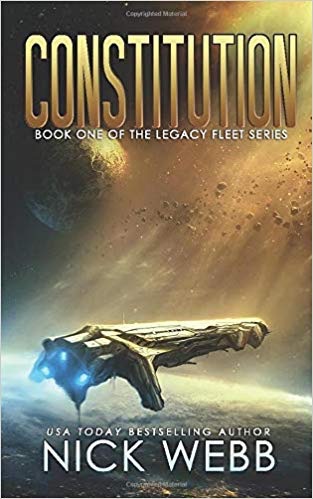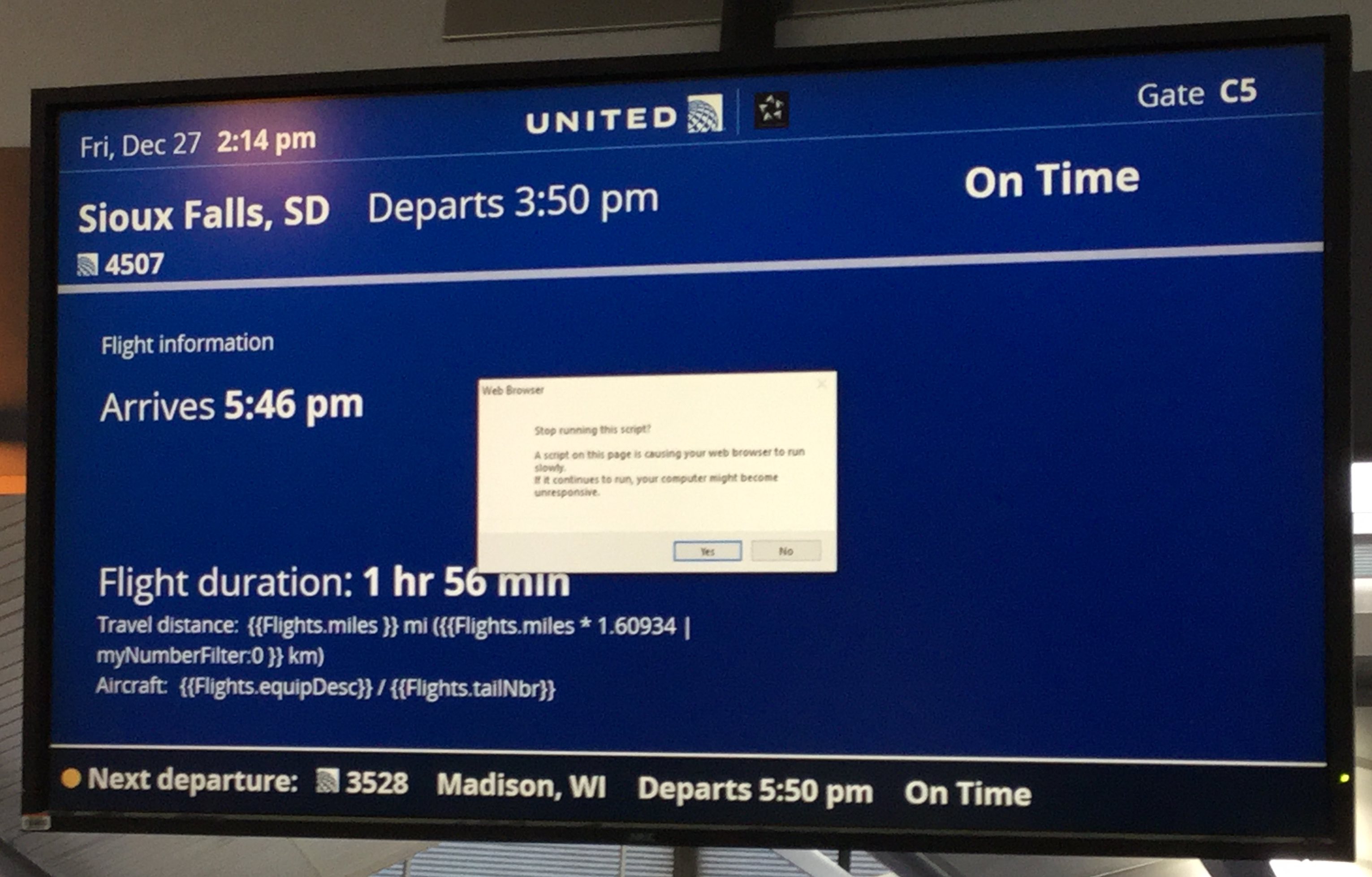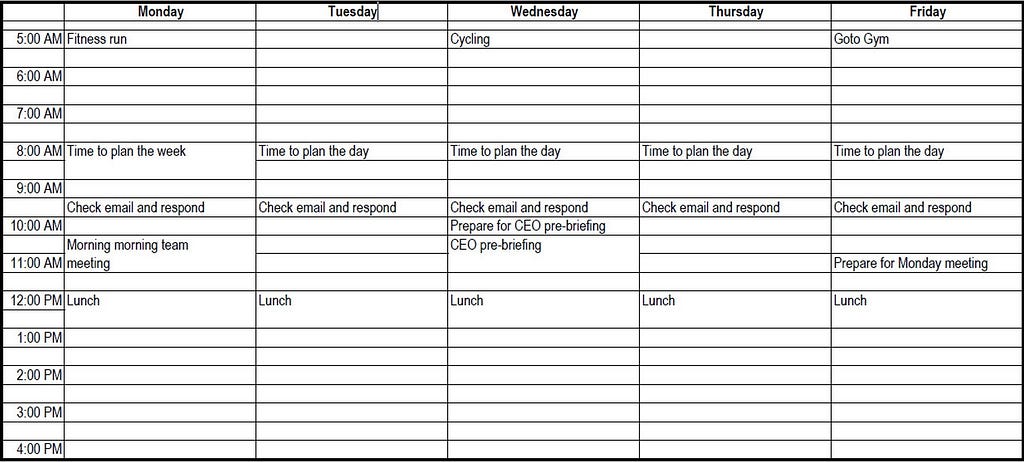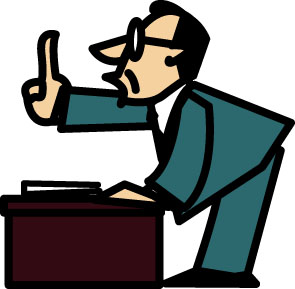Happy New Year 2020 to all of you! It’s the time of the year again when it makes sense to take a look back at the last 12 months of 2019 to see which tech things and events ‘have moved me’ during the course of the year. Like in the previous years, it is once again quite a mixed list of things spanning from mobile networks to retro-computing.
Congress – The Inspirational Source
The Chaos Communication Congress has become a fixed event in my calendar, a week unlike any other throughout the year. One thought and inspiration chases the next and it usually takes me weeks and months to follow up. 35c3 already took place in December 2018 but only after I wrote the previous yearly wrap-up topic, so I count it here.
5G Everywhere – And Nowhere
One major topic that has kept me very busy this year was 5G with so many articles published here so I can’t even link to them from here. Yes, I already said that in the 2018 summary, but 2019 was the year when 5G moved from theory to practice. Especially in the UK and the US, several carriers have deployed a sizable number of sites and I’ve also heard that TIM in Italy has launched service in a couple of cities. Germany also saw two network operators launching 5G, albeit their deployments are little more than a small token when looking at their public coverage maps.
Personal Computing
On the personal computing side, I’ve upgraded from my Lenovo X230 notebook to an X250 which I bought, like my the previous notebook, second hand again. I would have gone for 32 GB of RAM but that was not supported in the X250, so I at least upgraded it to 16 GB like my previous notebook to be able to run at least two virtual machines in parallel. Also, I’ve upgraded my machine from a 1 TB SSD to a 2 TB SSD as I was approaching the drive’s limit. Fortunately, prices declined significantly in 2019 which was why I held back with the upgrade for quite some time.
‘No backup, no mercy’ is a nice slogan, but still, I was happy when I could rescue hundreds of important images on an SD card that was accidentally deleted.
The Cloud At Home
Over the course of this year, I added yet again another two virtual machines to my private cloud at home, one for running the Weechat IRC client for ‘vintage’ purposes and one for running Collabora’s Libreoffice Online for Writer, Calc and Presenter files. This has proven quite useful over the year for quite a number of collaborative projects and even though it’s still far from perfect it got the job done. More servers also come with additional backup work so I decided to finally give BorgBackup a closer look to automate the task. I was blown away by its easy of use and feature set and most of my backups are fully automated now.
Programming And Open Source
This year I also worked on two open source projects. For one project that has not yet been open sourced, I needed a way to generate Libreoffice Writer and Calc documents on a server, based on data coming out of an SQL database and processed with PHP. As that part is not confidential, I decided to open source it independently, as there is really nothing in the field I could find that did something similar.
Another open source project I worked on this year is ‘Certificate Pinner‘, a Firefox Add-on to control which of the 100+ root certificates I have to trust when accessing banking websites and my own services at home. I had a similar tool a couple of years ago until Mozilla removed their old add-on API without providing an equivalent new way of inspecting certificates. Finally, a suitable API to inspect certificates re-appeared in their new API so I jumped at the opportunity.
Misc Stuff
In the miscellaneous section things to mention are my experiments with an NB-IoT module, the discovery of Yalp and Aurora to access the Google Play store without having the device connected to a Google account and, quite importantly, the confirmation that even 4 years after I got a fiber to the home (FTTH) connection in Paris, data rates have not slowed down a bit.
Old Computers and Books
Retrocomputing also continued to be an interesting past time and research area for me. I particularly enjoyed the Vintage Computing Festival Berlin this year again and I read quite a number of books that are too numerous to list here. If you are interested, search for “book review” on this site. One particular thing to mention, however, is my discovery of the OpenLibrary project where I could find many interesting books. So many in fact that the list of books that I still want to read is still far greater than the number of books I read this year.
Public Talks
2019 was also the year in which I held more public talks again. At the Gulaschprogrammiernacht in Karlsruhe, I gave a talk on 5G and another talk about how to run a server at home without an IPv4 address. Also, I was invited again to the University of Eindhoven in the Netherlands to give a three hour intro to LTE and 5G. At MRMCD, I talked about the Certificate Pinner Firefox Add-on I mentioned above. Also, I was interviewed about 5G in C-Radar. And, as noted in the two previous blog posts, I was invited to talk about 5G at 36c3 in hall 1.
Space
And last, but by far not least, I would like to mention the 50th anniversary of the first flight to the moon. I spent weeks and weeks preparing for the event and re-lived the 10 days from launch to splash-down with ApolloInRealtime and a copy of the original flight plan in my hands.
And that’s it, hard to believe this all happened in just one year and how fast the year has passed again.























